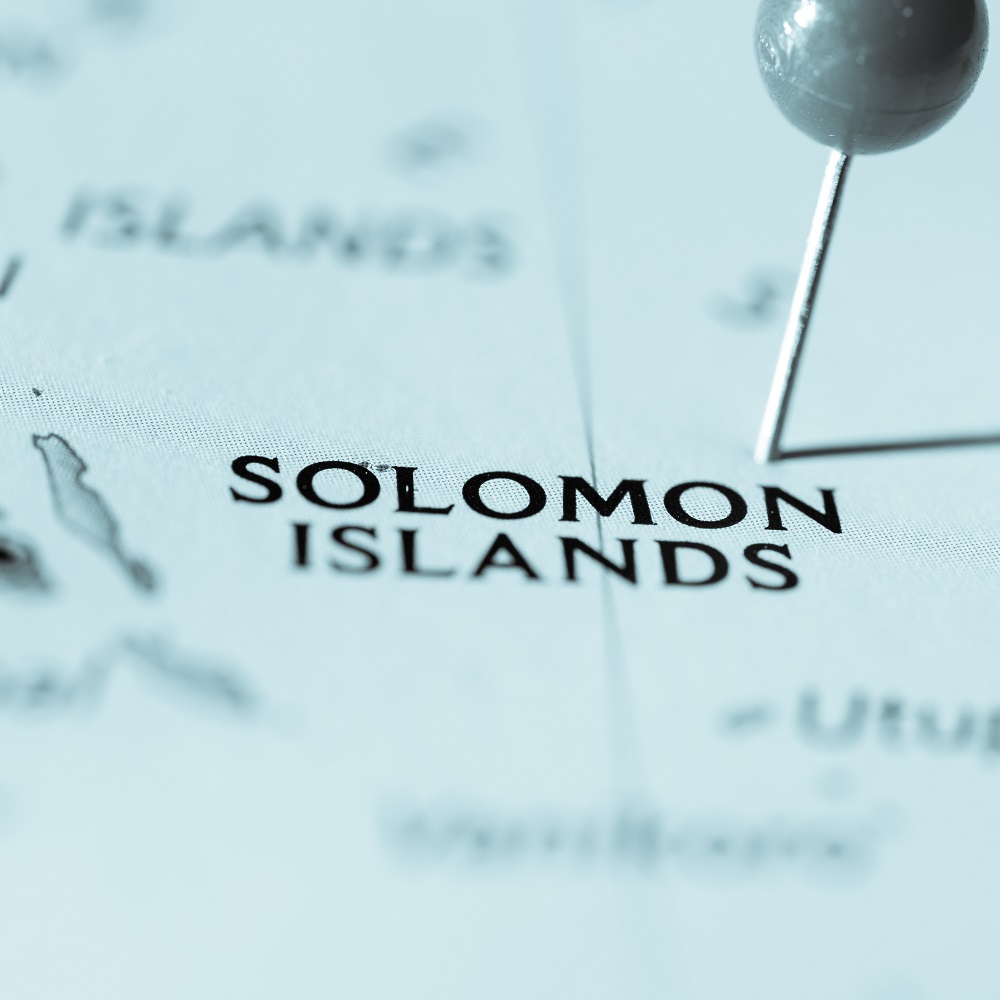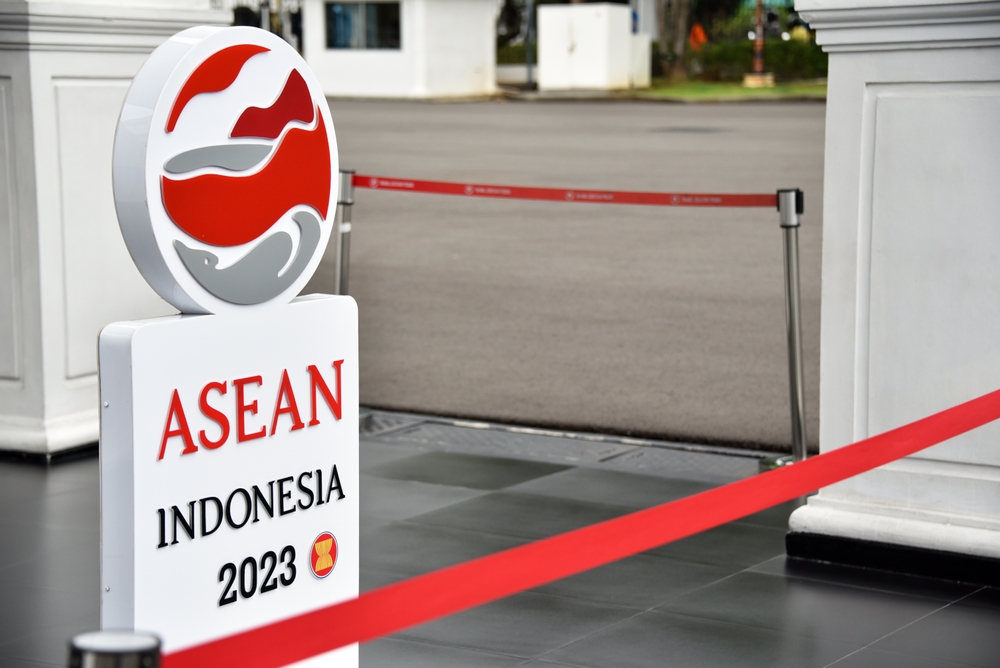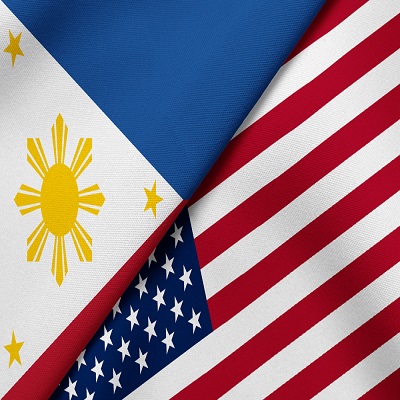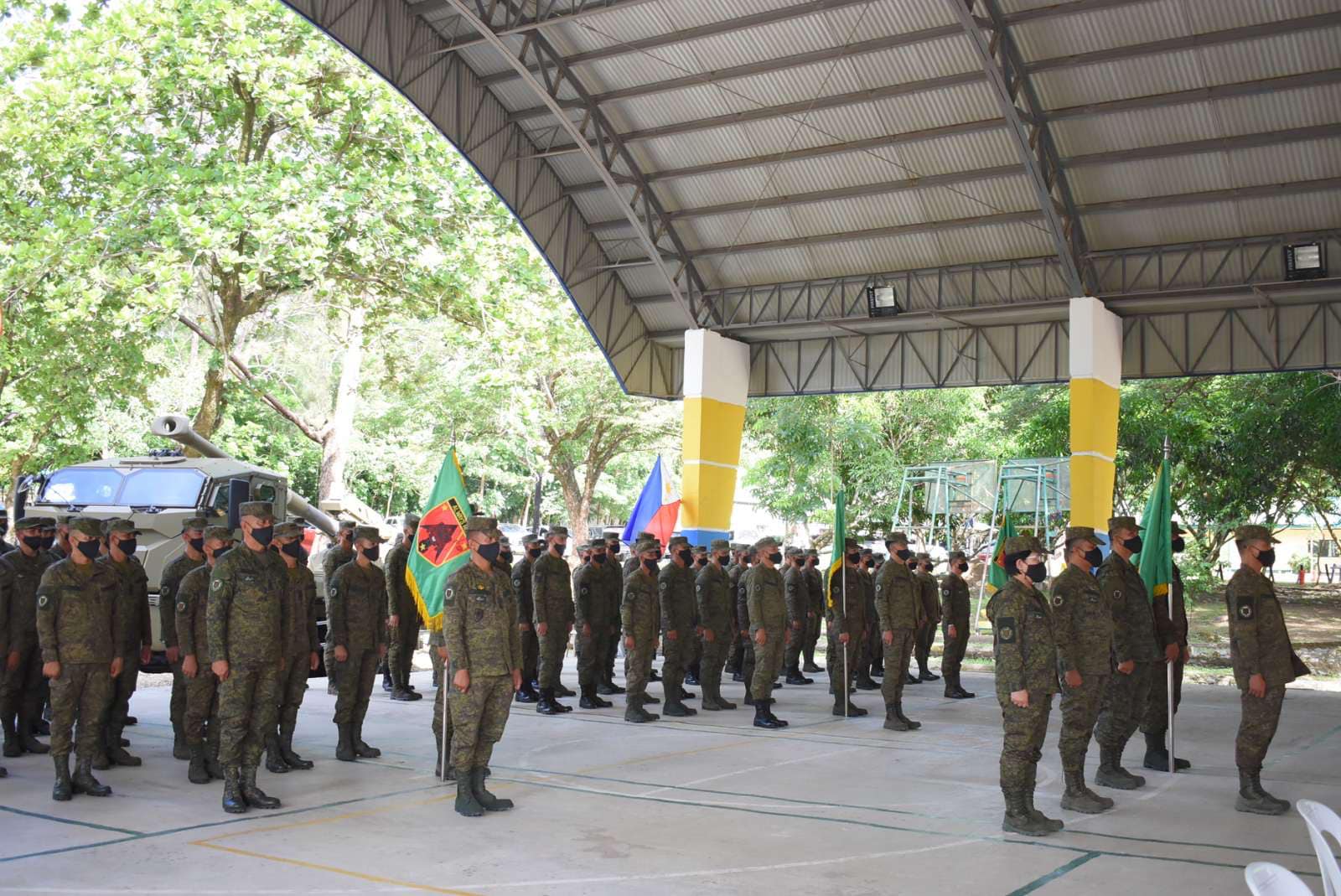
Russia and China co-ordinate on disinformation in Solomon Islands elections
by Albert Zhang , Adam Ziogas
한국어로 읽기 Leer en español In Deutsch lesen Gap اقرأ بالعربية Lire en français Читать на русском Moscow and Beijing likely worked together to sow disinformation globally that was propagated locally by political parties in the lead-up to Solomon Islands’ national and provincial elections on 17 April 2024. Both countries’ propaganda systems accused the United States, without evidence, of using its foreign aid and networks across the country to interfere in voting and of preparing to foment riots and orchestrate regime change in response to an unsatisfactory election result. This campaign adds to a growing body of evidence showing that China’s and Russia’s ‘no limits’ partnership extends to coordinating their disinformation campaigns in the Indo-Pacific. The narratives haven’t gained widespread attention or media coverage in Solomon Islands. Australia, the United States and other Pacific partners should nonetheless be concerned, as Russia and China can be expected to learn from this campaign and will likely use the lessons to further improve their influence operations in the region. Individually, China and Russia are adept and expert at pushing disinformation to disrupt other nations but, by coordinating their efforts, they have a force-multiplier effect. The campaign consisted of an alleged ‘leaked’ letter, articles published on authoritarian state-controlled media outlets and a fringe journal publication, which were then shared and amplified on social media platforms. A fortnight before election day, an unknown author by the name of Richard Anderson published an explosive article in CovertAction Magazine alleging that the US was seeking regime change in Solomon Islands. The US-based magazine was co-founded in 1978 by the late Philip Agee, a former CIA officer who after his retirement became a vocal critic of the agency and of US policy and had reported links with Soviet and Cuban intelligence. The magazine was set up ‘on the initiative of the KGB’, the Soviet Union’s main intelligence agency, according to a book by KGB defector Vasili Mitrokhin and British intelligence historian Christopher Andrew. Anderson had no previous history of writing for CovertAction Magazine. A week after that article was published, Russian state-controlled media agency Sputnik further fuelled the allegations, writing that the US was ‘plotting [an] electoral coup’. This article cited an anonymous source who had ‘intimate familiarity’ with the activities of USAID, the main United States foreign aid and international development agency. This mirrored how Anderson is described in his CovertAction Magazine bio, though Sputnik’s article did not explicitly mention him or his article. Sputnik’s claims were amplified four days later by the Chinese state-controlled tabloid newspaper the Global Times, which did directly reference Anderson’s article and has the potential to legitimise these narratives to an audience the Chinese Communist Party (CCP) is actively targeting. During the same period, a poorly fabricated letter from an unconfirmed (and potentially non-existent) IFES project consultant was circulated among Solomon Islanders by an unknown source claiming that the US was seeking a ‘democratic transition by violent means in necessary circumstances.’ The text in this letter mirrored language used by Sputnik’s alleged anonymous source. Figure 1: Paragraph from Sputnik article (top) and a screenshot of the alleged IFES letter (bottom). To be clear, there is no evidence that the US, or any other country, is supporting violent riots or interfering in Solomon Islands. Ann Marie Yastishock, US Ambassador to Papua New Guinea, Solomon Islands, and Vanuatu, has strongly refuted these allegations. This is not the first time the CCP-controlled media has spread disinformation in Solomon Islands or accused the US of seeking to instigate riots in the country. Following the 2021 Honiara riots, the CCP falsely accused Australia, the US and Taiwan of organising the riots, fomenting unrest and discrediting the relationship between Solomon Islands and China. In contrast, Russian media outlets also covered the 2021 Honiara riots but didn’t promote any explicit accusations of US or foreign interference. This time, China and Russia have been in lockstep. In the lead-up to the April elections, Russian state media was more direct and damning in its reporting with the release of Sputnik’s original article and in the subsequent coordination and dissemination of false narratives alongside Chinese state media. While Sputnik published only one follow-up article to the initial investigation, China’s Global Times was more prolific and varied, with six articles alleging US meddling in Solomon Islands. Of these six articles, four explicitly referenced Sputnik’s claims and two referenced US influence operations in more general terms. The indications of Russia-China propaganda coordination in this campaign were further supported by China’s Ministry of Foreign Affairs (MFA) post on 19 April 2024 titled ‘The Hypocrisy and Facts of the United States Foreign Aid’. The post on their website claims the US is giving aid to Solomon Islands, among other countries, only because it sees it as a political threat. This was the first article ever published by the MFA to smear USAID. Moscow, however, has consistently campaigned against USAID since it ejected the US agency from Russia in 2012 for ‘meddling in politics’. Russian media has pushed a consistent narrative that the organisation is a US imperialist tool of regime change, accusing it of fomenting civil unrest and coup attempts as far afield as Belarus, Cuba, Georgia and Mexico. However, this latest attack against USAID appears to be the first where Russia’s narratives are working to the benefit of CCP interests. It’s been clear since at least 2018 that Russian and Chinese state media are converging on media narratives that serve their governments’ strategic and political interests. According to leaked documents from Russian state broadcaster VGTRK, Russian and Chinese propaganda entities also signed an agreement to ‘further cooperate in the field of information exchange, promoting objective, comprehensive and accurate coverage of the most important world events’. While previous ASPI research has demonstrated Russian and Chinese state-coordinated narratives on the Russia-Ukraine conflict, the repeated re-airing of Sputnik’s conspiratorial claims of interference in Solomon Islands’ elections in Global Times articles indicates this propaganda cooperation is now a global initiative. There was also some evidence of amplification by inauthentic accounts on social media of these narratives, but they were limited and it is unclear whether they were state linked. For example, one X account with the handle @jv79628 shared the original Sputnik investigation. The account posts links almost exclusively from Sputnik, Global Times, Australian website Pearls and Irritations and videos with artificial intelligence-generated voices from the pro-CCP YouTube channel Chinese Revival, which may be linked to the Shadow Play network previously uncovered by ASPI. Other accounts sharing the original Sputnik report, such as @de22580171, pose as pro-Russian US citizens. They share articles mostly from Sputnik or Russia Today. At the time of publication of this report, Russia’s and China’s state media articles, and the accusations contained in them, have had minimal reach into online Pacific communities. In the public Solomon Islands Facebook groups ASPI viewed, online discourse remains more focussed on the emergence of new coalitions and the election of a new Prime Minister than on discussion of foreign influence or interference. According to Meta’s social monitoring tool, CrowdTangle, none of the articles from the Global Times have been shared in open and public Solomon Islands Facebook groups. However, Sputnik’s first article may have been more successful in reinforcing anti-Western sentiments in outgoing Prime Minister Manasseh Sogavare’s O.U.R. Party, who are strong contenders to be part of the coalition that forms the next government. That article was posted on the O.U.R. Party Solomon Islands Facebook page, which is run by the party, on 10 April. It was reshared to several public Facebook groups in Solomon Islands, including news aggregation sites and local island forum pages. This is significant because it is the first time a news article has been posted on the O.U.R. Party Solomon Islands Facebook page, which typically shares positive images of the party’s activities and political campaigns. As of 1 May 2024, the post (below) has had over 180 interactions, which is higher than the average number of interactions a typical post has on this page. Figure 2: Screenshot of Sputnik article posted in O.U.R Party Solomon Islands Facebook page. Sogavare, a founding member of the O.U.R. Party, has made similar remarks about ‘foreign forces’ previously. According to an article published in the Solomon Star, when US Ambassador Yastishock visited Solomon Islands in late March to present her letter of credentials to Governor-General John Oti, Sogavare claimed foreign forces were ‘intervening in the national general election’ and ‘may fund some political parties and plan to stage another riot during the election to disrupt the electoral process and undermine social stability’. Despite the low online interaction so far, the barrage of US regime change allegations lays the foundation for future narratives that may resurface if Solomon Islands experiences future unrest. Beijing and Moscow can be expected to learn from these disinformation efforts, leaving the US, Australia and their Pacific partners no room for complacency about the threat the regimes pose, nor the need for effective strategic communication. The Russian and Chinese governments are seeking to destabilise the Pacific’s information environment by using disinformation campaigns and influence operations to undermine traditional partnerships. In this digital age, leaders of governments and civil society across the region need to consistently confront and counter baseless lies pushed by authoritarian state media, such as accusations that the governments of Australia and the US are instigating riots. If they fail to do so, partnerships with, and trust in, democratic countries are at risk of deteriorating, which can reduce the development benefits provided to Pacific Island Countries by Western partners. Australia, the US, and other close Pacific partners, such as Japan, New Zealand and the European Union, must take a stronger stance against false and misleading information that is starting to circulate in the region as a result of authoritarian state-backed disinformation campaigns. These nations must also better support and encourage local media and governments to take further steps to identify and combat false information online. This includes providing more training packages and opportunities for dialogue on media-government communication procedures to tackle disinformation and misinformation. Countering the effects of disinformation requires ongoing efforts to call out false statements, educate the public, and build country-wide resilience in the information environment. Greater transparency and public awareness campaigns from the region’s partners can also help to ‘prebunk’—or anticipate and delegitimise—disinformation and alleviate concerns about malign activity.












